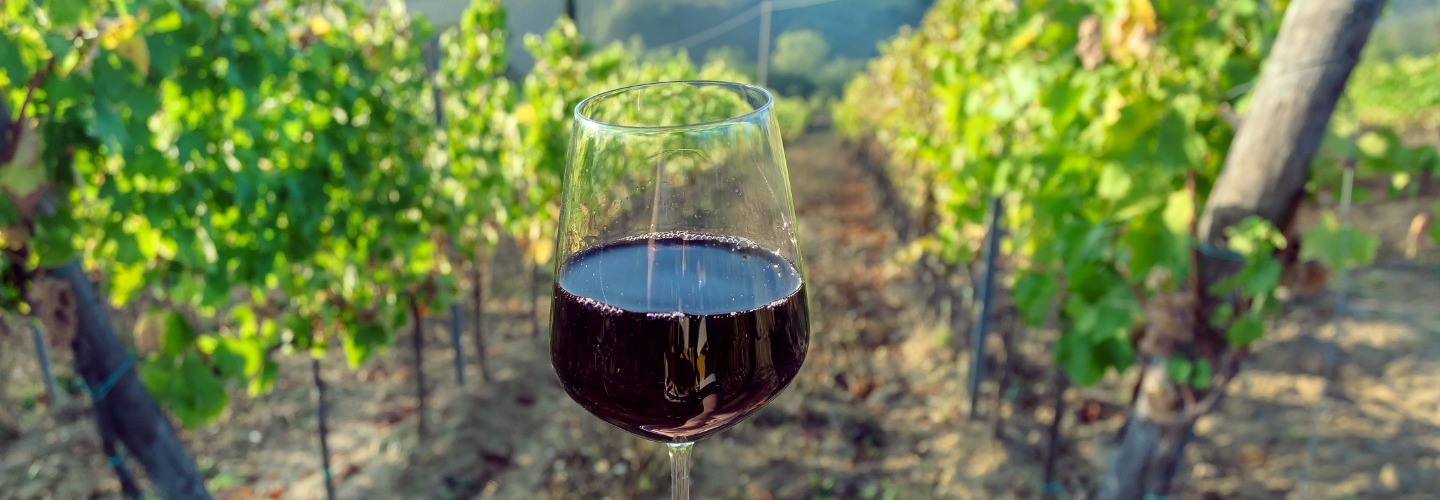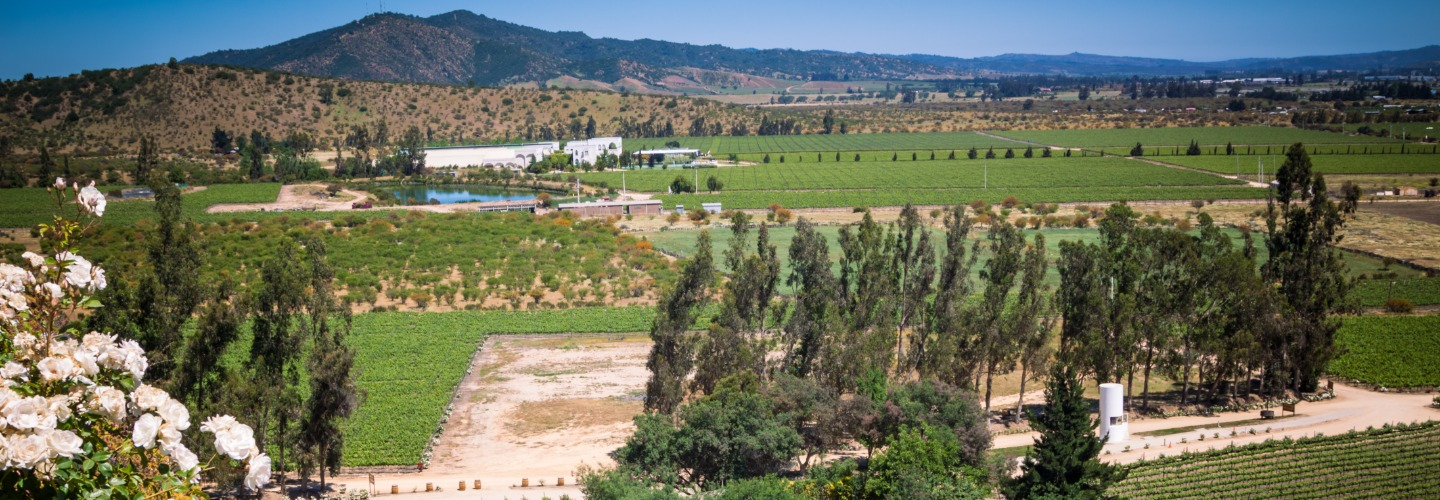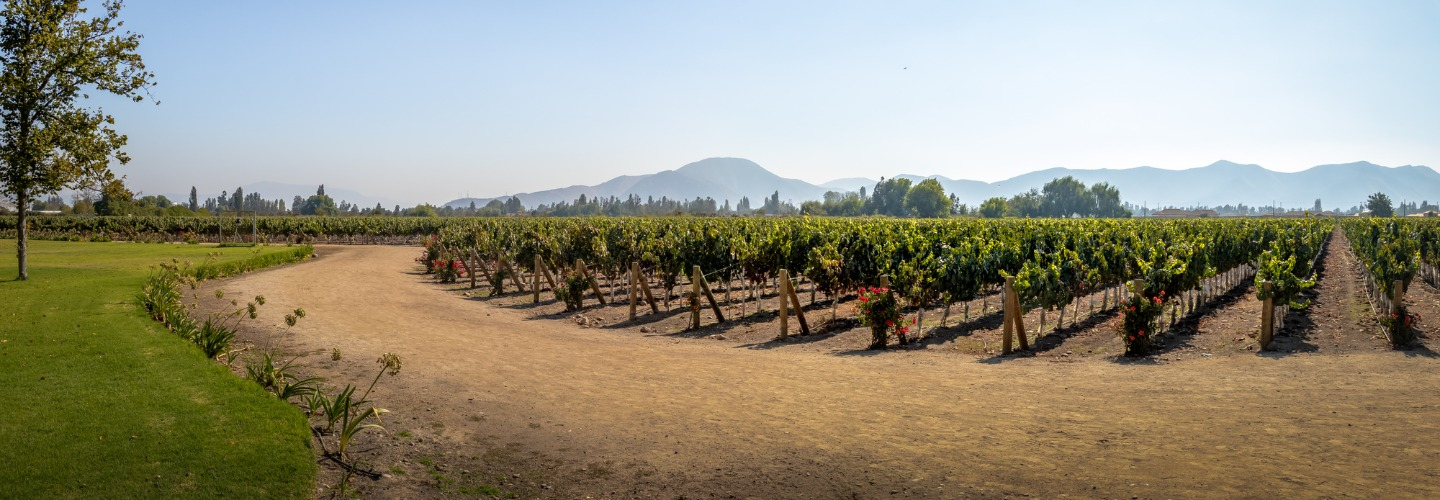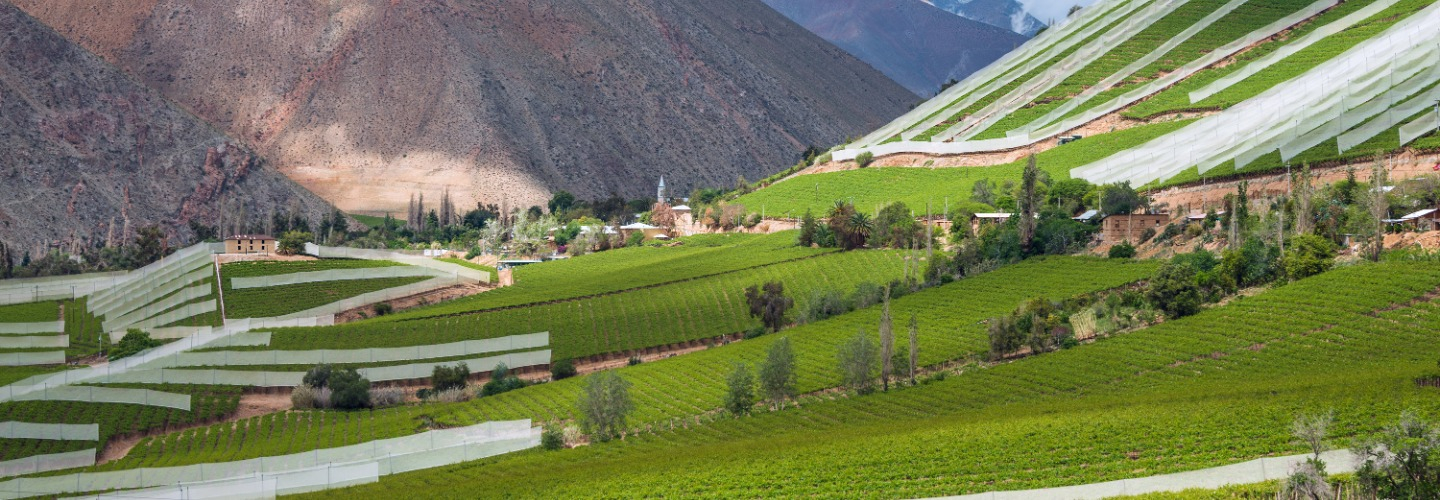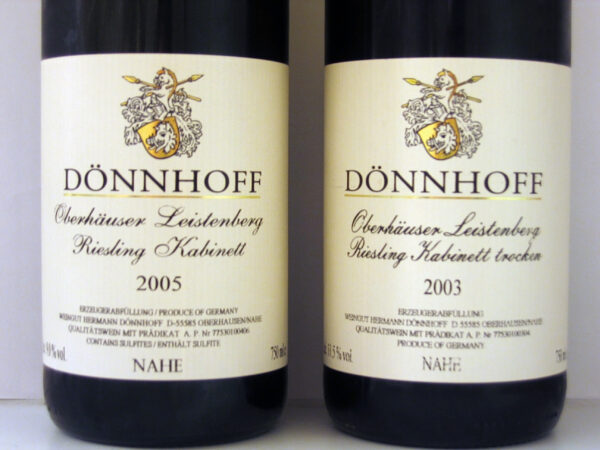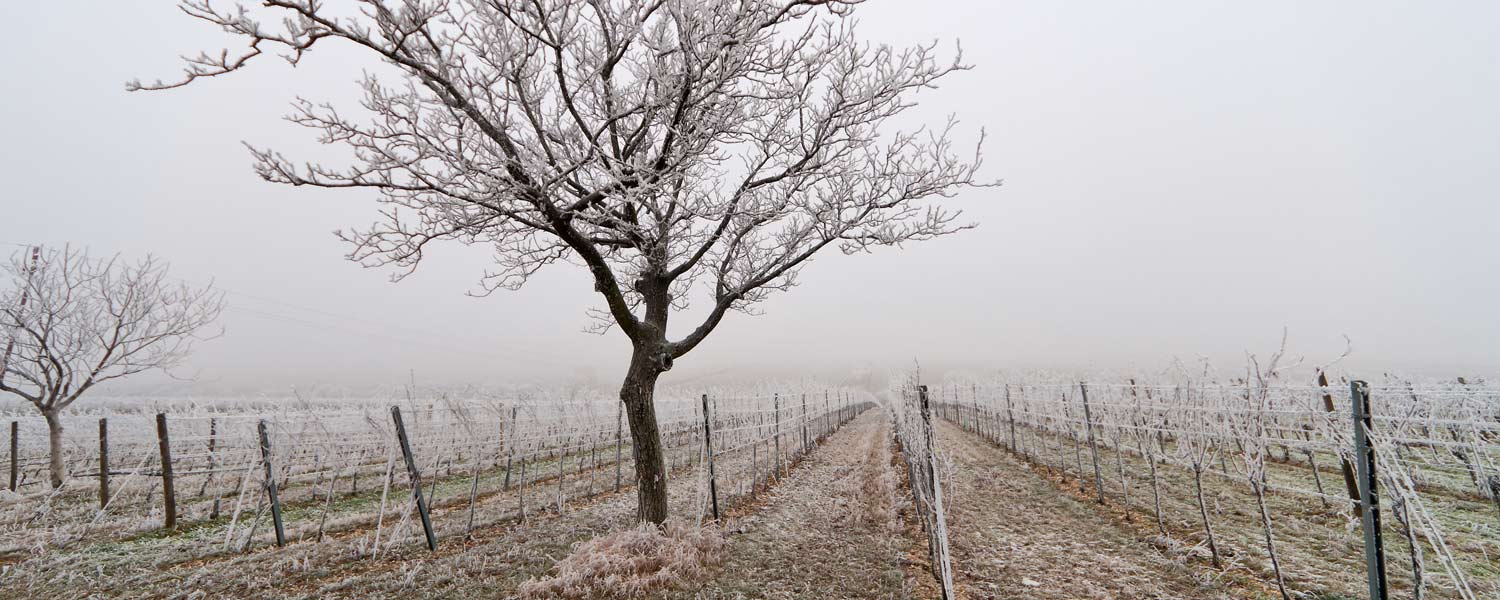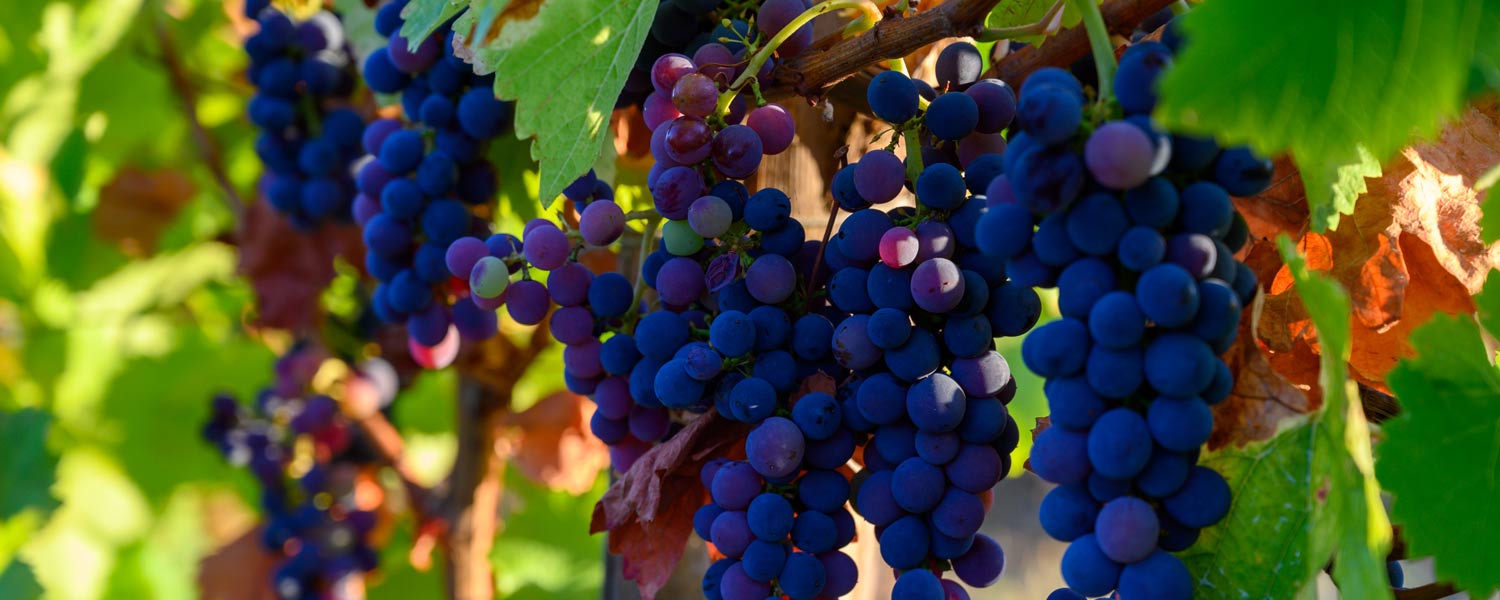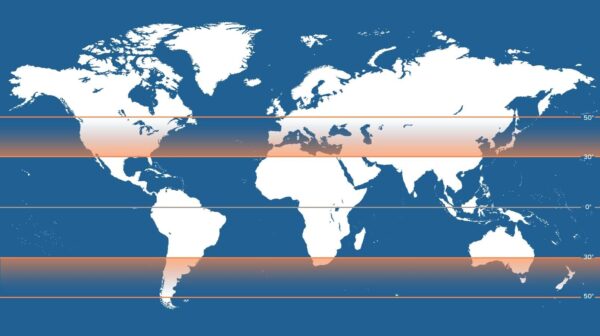The distinctive aromas of New Zealand Sauvignon Blanc will immediately capture your full attention when you try it for the first time. It’s the country’s flagship wine for a good reason, but there is plenty more to discover. Even though New Zealand produces only 1 percent of the world’s wine, that wine has an international reputation amongst wine experts and wine lovers worldwide.
New Zealand’s Wine in a Nutshell
New Zealand has ten wine-producing areas across the North and South Island. These areas cover 1,600 kilometres, with no vineyard more than 120 kilometres from the ocean.
The country has a cool, maritime climate, though the North Island is slightly warmer than the South. The combination of long sunshine-filled days, cooling sea breezes at night, and a long ripening period results in ripe, flavourful grapes that still retain a great deal of acidity.
Since the 1980s, New Zealand’s Sauvignon Blancs have put the country on the global wine map. These wines are aromatic, with aromas of freshly cut grass, citrus, gooseberry, and passionfruit. While the white grape accounts for two-thirds of the country’s wine production, Chardonnay, Pinot Gris, Riesling and Pinot Noir also thrive. Let’s have a closer look at the country’s winemaking history and regions.
How Did New Zealand Become a Premier Wine-Producing Country?
Although the earliest records of Vitis vinifera (vine) plantings in New Zealand date back to 1819, the first recorded wine is from the 1840s. British resident and oenologist James Busby had success growing grapes, others quickly followed suit across the country. In the 1940s, their efforts went to waste when the phylloxera louse destroyed many vineyards. The decision to replant with hardier Vitis labrusca vines resulted in poor quality wines, and it wasn’t until the 1960s that Vitis vinifera grape varieties made a comeback. Until the 1980s, Müller Thurgau was the widest planted white grape, and Cabernet Sauvignon for red. This all changed in the 1980s when Sauvignon Blanc burst onto the scene.

Sauvignon Blanc: New Zealand’s Star Variety
In the early 1980s, Sauvignon Blancs from the Marlborough region came onto the global wine scene, and the quality blew everybody away. It was a Sauvignon Blanc that nobody had ever experienced before, bursting with aromas of freshly cut grass, citrus, gooseberry, and grapefruit, and extremely mouthwatering. The Sauvignon Blanc from Cloudy Bay Vineyards received critical acclaim. This zingy style quickly became fashionable worldwide.
What Other Grape Varieties Grow in New Zealand?
For white grape varieties, Sauvignon Blanc is followed by Chardonnay. Pinot Gris, Riesling, and Gewürztraminer are planted in smaller quantities.
As for red grapes, Pinot Noir reigns supreme, followed by plantings of Syrah, Cabernet Sauvignon, and Merlot.
Overview of New Zealand Wine Regions
Because New Zealand’s ten growing regions extend 1,600 kilometres, there’s a lot of regional diversity, resulting in a variety of wine styles.
New Zealand’s North Island
From subtropical in the north to semi-maritime in the south, New Zealand’s North Island is known for a variety of grapes and wine styles. Northland, Auckland, Gisborne, Hawke’s Bay and Wairarapa are the main growing regions here. Wairarapa’s Pinot Noirs have come to the fore as their flagship reds. The region’s warm days and cool nights make it a perfect place to grow Pinot, and growers here have shown that they can produce wines with a distinctive character and style that often seems to straddle the Old World and the New. The North Island is also home to Bordeaux blends and Syrahs, most notably from Hawke’s Bay, the second-largest wine-growing region, as well as creamy Chardonnays.
Taste the Country: Paddy Borthwick Pinot Noir

New Zealand’s South Island
The South Island is cooler, with a maritime climate. It is known for its high sunshine, low rainfall and free-draining soils. Nelson, Marlborough, North Canterbury, Waitaki Valley, and Central Otago are the regions from north to south, and it’s mostly the cool climate grape varieties that thrive here. Marlborough is the country’s largest and most famous wine region, planted mainly with Sauvignon Blanc. Central Otago is the most southerly wine-growing region in the world and the only region with a continental rather than a maritime climate. The area is home to marvellous Pinot Noirs.

New Zealand’s Wine Industry Today
Focus on Sustainability
Working sustainably is key to New Zealand’s wine industry. 96 Percent of the country’s vineyard area currently falls under the Sustainable Winegrowing New Zealand certification programme (SWNZ) – considering the cool maritime climate, this is quite impressive! SWNZ members adhere to guidelines for sustainable practices in the vineyard and winery. The industry strives to be carbon neutral by 2050.
Winemaking Innovations
Since New Zealand is a relatively young winemaking country, there’s been a spirit of pioneering and innovation. The country is known for its advances in canopy management, cool stainless steel fermentation techniques and screwcaps.
Most vineyards have an open leaf canopy, where winegrowers strip away leaves to let sunlight get direct access to the fruit, making grapes fully ripe and intensely flavoured. Most Sauvignon Blanc is fermented in temperature-controlled stainless steel tanks to preserve the wine’s aromatic intensity and freshness.
In 2001, Kiwi winemakers were the first to embrace screwcaps on a large scale. It turned out that the closures worked great for preserving aromatics and freshness in wine (hello again, fruity Sauvignon Blancs!). Today, a whopping 95 percent of New Zealand wines are bottled with a screwcap – which has proven to allow the same bottle aging as a traditional cork – although it may take longer.
Love discovering the world of wine? Here at WineCollective, we always share our discoveries and rare finds with our members. Join us as we explore uncharted territories and discover wonderful grape varieties and unusual blends.





